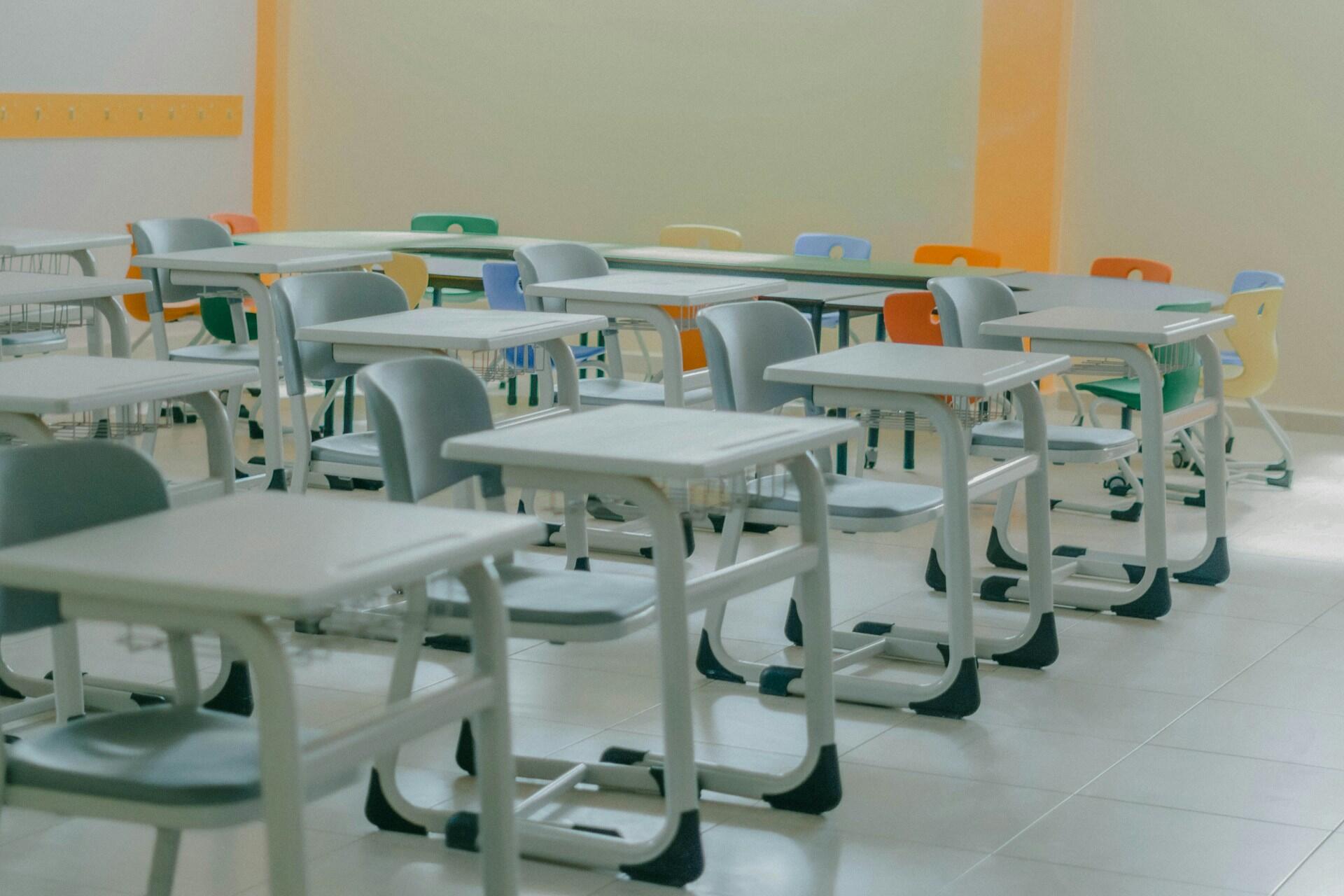Every Tasmanian family will have to plan around the school holidays. Knowing when each term begins and ends, and when public holidays are, can help you establish healthy routines and even save money on trips and family activities. Here's our complete guide to Tasmania's term dates and public holidays.

2026 School Year at a Glance
The school year is divided into four terms, the same as the school year in NSW, Victoria, Queensland, WA, and SA. In Tasmania, these terms run from early February through mid-December. Most Tasmanian schools start on Wednesday, 4 February 2026, and the school year runs until Thursday, 17 December 2026. After that, students enjoy the long summer break before starting their next school year in early 2027.
These dates apply to most schools, but you should be aware that independent and Catholic schools in particular might have slightly different term times. Always confirm the term times with the school and the public holidays with the local government or council.

Term 1
The first term runs from early February until April. This term ends with the Easter holidays. Parents at this stage, whether they're in Tasmania or working with WA's school calendar, will all be working to get their kids back into the school routine after a long summer break.
Term 2
The second term runs from late April to early July. By this point, the kids should have a good, established school routine. During the cooler months, there are often more indoor programs. Students may also have mid-year assessments during this term. For the winter break, we recommend making the most of indoor activities like museums and libraries.
Term 3
From late July to late September, the third term spans most of the winter-to-spring transition. This is a standard time for schools to schedule performances, sports, and special projects. By this point, students should have built up a head of steam and be learning a lot.
Term 4
The last term of the year goes from October to mid-December. For students following academic calendars from South Australia to Tasmania, this wraps up the school year and may include end-of-year concerts and final assessments. It's worthwhile making sure you have plans for the summer holidays as they're pretty long.
General Planning Notes
While most Tasmanian schools follow the official term dates, remember that independent and Catholic schools may have different term dates. The easiest way to avoid confusion is to check directly with the schools. Plan as much as you can ahead of time because last-minute planning tends to be costlier, especially if you're looking at trips during the school holidays, when travel and accommodation are often more expensive.

Public Holidays to Note
Public holidays are separate from school holidays, and though some may fall during school holidays, those that fall during term result in a school day off. This means that term-time public holidays can create extended weekends, allowing families to enjoy more time for trips, family activities, or rest and relaxation. Conversely, public holidays during school holidays don't give the kids any more time off. Still, they may affect school holiday plans, as businesses may observe different opening hours. With many working adults off, too, there may be greater demand for certain things.

Public Holidays During Term Time
Several public holidays in Tasmania take place during term time. For example, Eight Hours Day in March and the King's Birthday in June offer mid-term breaks. Regional holidays like Royal Hobart Show Day in October and Recreation Day in November only apply to certain parts of the state.
Public Holidays During School Holidays
Australia Day, Christmas Day, and Boxing Day all fall during the summer school holidays. Families can use these for travel or local celebrations. Just remember that these coincide with peak travel periods. Plan as early as you can to avoid high prices or limited accommodation options.
Daylight Saving Time in 2026
Tasmania observes daylight saving time, much like several other places in Australia like in Victoria and NSW. This means that the clocks shift by an hour each year. The transition out of daylight saving takes place on Sunday, 5 April 2026. On Sunday, 4 October 2026, the clocks go forward one hour. Both of these take place during school holidays, by the way.

When Daylight Saving Ends
On Sunday, 5 April 2026, the clocks go back one hour as daylight saving time ends. As this happens during the autumn school holidays, it won't interfere with classroom schedules. However, it's a good idea for parents with young children to adjust meal and bedtimes the week before the shift slightly, so it's less jarring when it happens.
When Daylight Saving Begins
In October, daylight saving time begins, and with clocks going forward one hour, you lose an hour of sleep. For parents of small children, this may be harder on them than on the kids. Everybody should consider preparing. Since Queensland doesn't observe DST, the time difference will change during the year. Keep this in mind if travelling.















